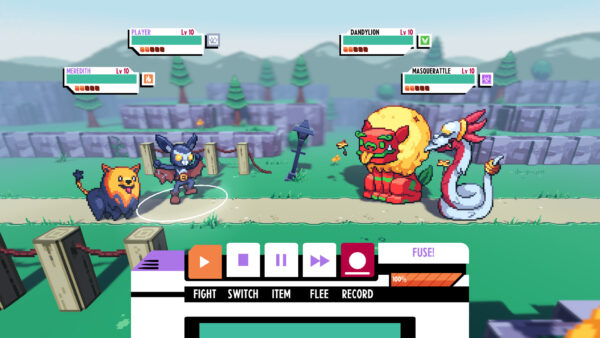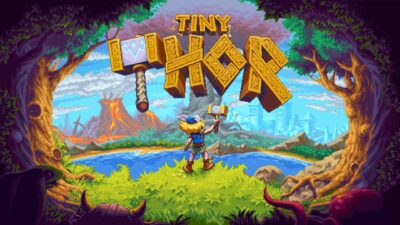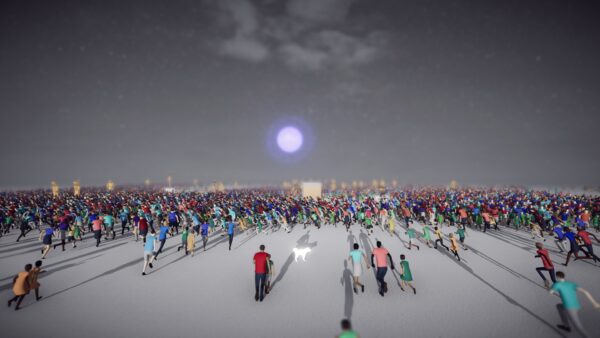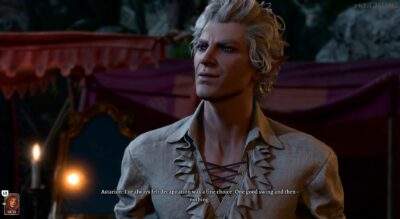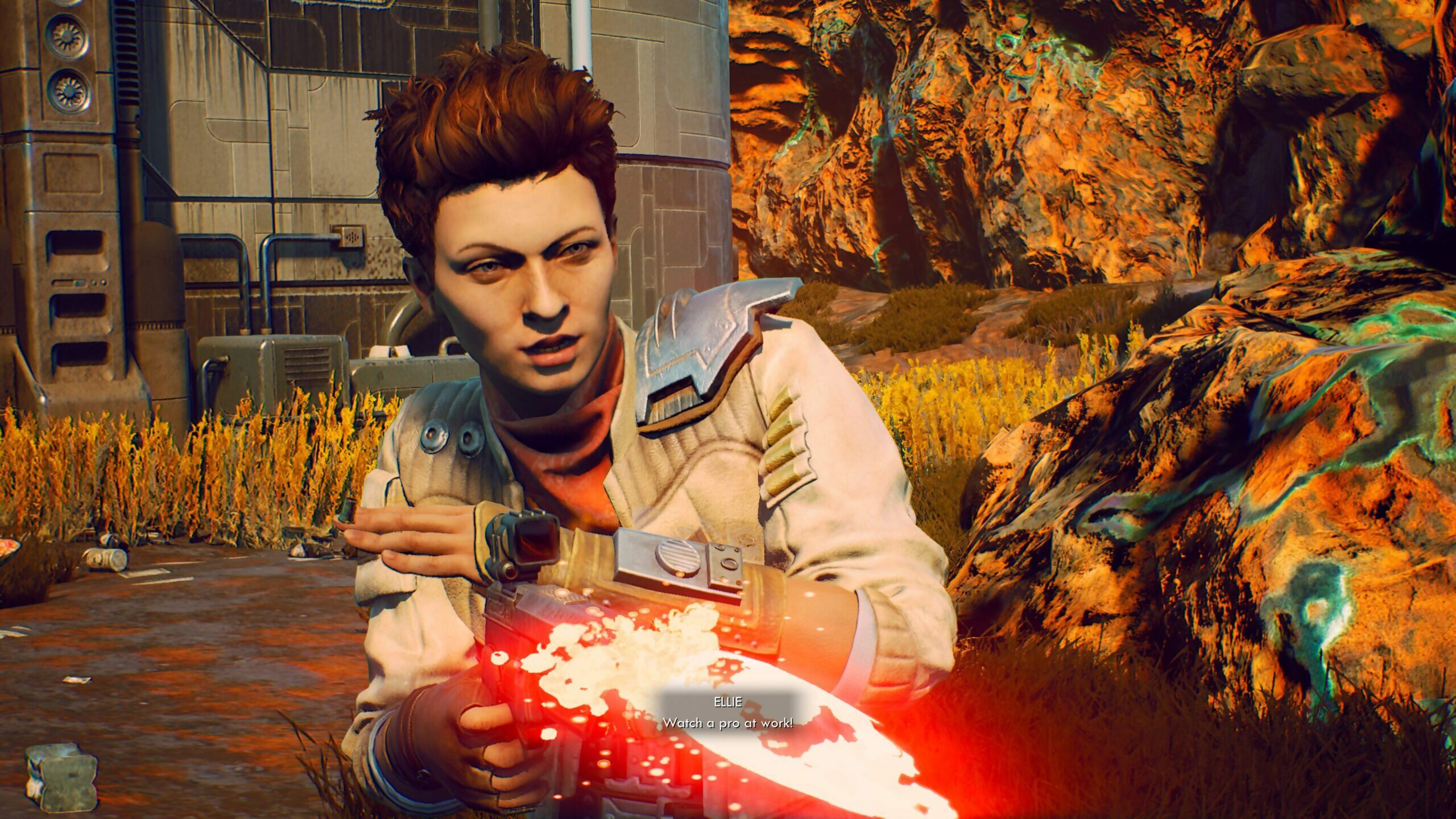
Planet-hopping has never been quite so verbose. Here’s our review of The Outer Worlds, the quintessential Obsidian RPG…
The Outer Worlds’ conclusion isn’t exactly out of this world. Just when it feels as though the final act is about to step into high gear and propel you towards an exciting finale, you’re left staring at the end credits, hoping Microsoft greenlights a sequel.
This hope is borne from the fact that a deflating ending is one of the rare missteps The Outer Worlds makes across its 25-hour playtime. Developer Obsidian Entertainment has long been famed for its high-quality storytelling, and The Outer Worlds is no exception.
It takes the familiar structure of Bethesda’s Fallout games – or, more specifically, Obsidian’s own Fallout: New Vegas – and tightens up those first-person RPG trappings with a focused and pulpy 1940s-style sci-fi adventure.
Your introduction to The Outer Worlds begins when the escape pod you’re strapped into lands on top of the guy who was supposed to be your chauffeur, killing him in an instant. This style of gallows humour permeates throughout the rest of the story, adding some genuine levity to a game about corporate control and cult-like obedience of the masses.
Thawed from a 70-year rest, your goal is to rescue the thousands of other colonists left abandoned in permanent cryosleep by mega-corporation The Board. How you get there, and whether you actually go through with it, is entirely up to the choices you make.
There’s no binary morality system at play here, coating The Outer Worlds’ branching narrative in myriad shades of grey. As such, the choices it presents are incredibly tough to make, with no easy way to gauge what’s right or wrong – if such constructs even exist. You might have your heart set on choosing one faction over another until one of your companions chimes in with their own fully formed opinion.
Maybe you’ll discover a crucial piece of information on a hacked computer log, or learn something new by using your acts of persuasion. All of this stems from the quality of Obsidian’s writing, with a compelling cast of multi-faceted characters that make each conversation, and the dialogue options you choose from, rewarding in and of themselves.
Some of The Outer Worlds’ most memorable characters emerge from the crew of misfits you assemble over the course of your planet-hopping escapades. From the naive, asexual engineer Parvati – who needs your help opening up to a love interest – to the blunt but surprising Vicar Max, and no-nonsense medic Ellie.
They each have their own abilities in combat, but choosing which companions you want to take out into the field is as much about spending time with them than it is anything else. Each one has a loyalty mission of sorts, too, gradually building camaraderie that harkens back to the best moments of Mass Effect 2.
Of course, a significant chunk of their appeal derives from their standing in this world, and it’s here where character development and world-building beautifully coalesce. Almost everyone in the Halcyon System has a story to tell about corporate mistreatment or mismanagement, shining a satirical light on capitalism and ugly consumer culture.
Most of their tales are humorous in their absurdity without being implausible enough to escape parallels with some real-world examples of greed and cruelty. The game’s environments manage similar feats.
There’s the town of Fallbrook that’s partly built inside a craggy cave. The mega-corporations haven’t got their fingers in this particular pie; light bulbs hang from wires stretching across the street, and the soundtrack’s western guitar twang establishes its outlaw tone, with an Old West-style tavern sitting in the centre of town.
Byzantium, on the other hand, is a Tory dystopia full of affluent citizens and people with names like Hortense Ingalsbee, who think they’re better than everyone else because they inherited their vast fortune from a grandparent. It’s just disappointing that there’s no real incentive to explore the dangerous wilderness outside of these singular towns and cities, unless you want to find more ammunition.
The Outer Worlds also stumbles somewhat when it comes to combat. Your character build will have an effect on your proficiency in any firefight, and it’s entirely possible to navigate your way around certain combat encounters by sneaking, hacking, lock picking, or using the power of speech.
When you are confronted with a gunfight, combat is relatively undemanding. There’s a decent selection of firearms, and each one packs a meaty punch, but the AI isn’t dynamic enough to inject combat with a palpable sense of excitement.
The only tactical consideration you have to make involves different ammo types dealing more damage against particular enemies. You can also activate Tactical Time Dilation, essentially meaning you can slow down time for a few seconds. It has neither the same strategic value nor sense of violent impact as the Fallout series’ V.A.T.S system.
Fortunately, you spend much more of your time running your mouth than you do pulling your trigger finger. The Outer Worlds plays to Obsidian’s strengths, focusing on depth and a story where player choice actually matters. It is inherently familiar, but this almost doesn’t matter when it picks up the ball Bethesda dropped and runs with it, presenting a compelling and immersive RPG.
Highlight
As is often the case in RPGs driven by player choice, it’s immensely satisfying when you can circumvent combat in The Outer Worlds. A room full of marauders is no bother when your engineering skill is high enough to shut off their flow of oxygen, killing eight enemies in one fell swoop.
Verdict: 84%
A pulpy sci-fi romp and the quintessential Obsidian RPG.
Genre: Action RPG
Format: PS4 (tested) / XBOX / PC
Developer: Obsidian Entertainment
Publisher: Private Division
Price: £49.99
Release: Out now


